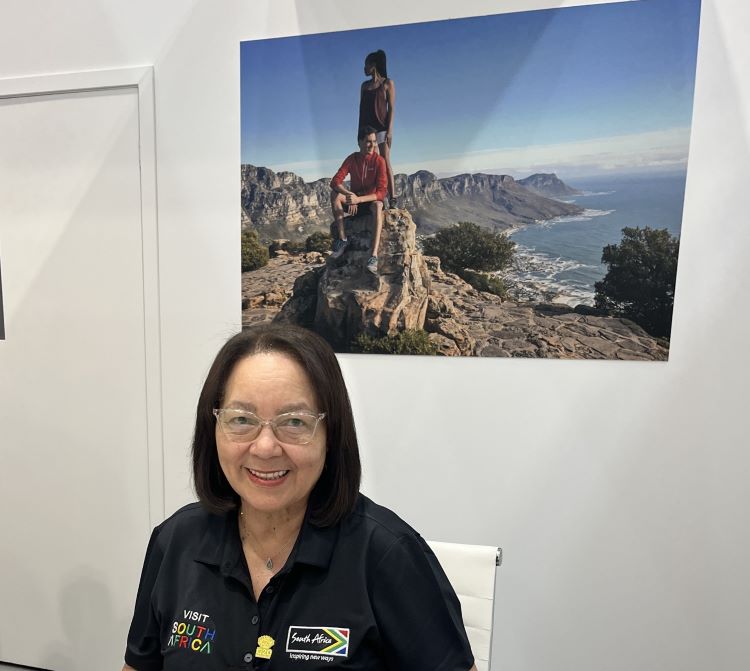As Thailand vies to offer quality products and services to travellers, Tourism Authority of Thailand (TAT), at TTM+2019, made it evident that they are trying to balance quantity versus quality, and marketing versus management.
Peden Doma Bhutia from Pattaya
Tourism has always played a pivotal role in Thailand’s economy. Armed with the objective to create jobs and distribute revenue countrywide, from major cities to local communities, TAT organised the three-day TTM+2019. The event that kick-started on World Environment Day (June 5) had for its theme – New Shades of Emerging Destinations- through which it aimed to promote 55 provincial destinations. The theme was also in sync with Thailand’s effort to balance the number of visitors to the country.
In an interview, Klissada Ratanapruk, Executive Director, TAT’s ASEAN, South Asia and South Pacific Region Department, talks about how emerging destinations will be integrated in all marketing and communication strategies of TAT. Here are a few excerpts:
Overcoming overtourism
The objective of the emerging destinations theme that has been adopted also helps to distribute the tourist from the main cities to smaller and lesser-known destinations. Some of these destinations can also be visited throughout the year. To solve the problem of overtourism, we have adopted a three-pronged strategic move.
A – Additional: Linking major cities like Phuket and Chiang Mai to emerging cities. All cities that get more than four million tourists per year are major cities. Thailand has 22 major cities, which we now plan to connect with 55 emerging cities. The key point is to provide smooth and seamless connectivity to these destinations via well-known tourist cities.
B – Brand New: Promoting emerging cities. Some new destinations have enough potential to be individually promoted. For example, Buri Ram in the northeastern part of Thailand, which falls near the Cambodia border, boasts of a rich Khmer heritage. The city is also becoming a regional hub for domestic and global sports events since the opening of the Chang Arena and Chang International Circuit. This year we are ready to welcome racers and spectators in the Moto GP 2019 in Buri Ram after last year’s grand success.
C – Combined: Combining emerging cities together. Some emerging cities can be promoted together due to their proximity, shared histories and civilisations. For example, in the northern part of Thailand we have three emerging destinations -Sukhothai, Phitsanulok and Kamphaeng Phet – these areas have a historical significance, we are linking them together and promoting it to tourists.
Connectivity
The Indian cities that TAT is looking at for direct connectivity are Pune and Guwahati
What next for Indian tourists?
Apart from sea destinations that are already popular in the Indian market, like Pattaya, Phuket and Krabi, we are trying to introduce more of the east coast to Indian travellers. Other than Pattaya that is also on the east coast, there are destinations like Chantaburi and Trat, which we want to showcase to Indian travellers. We would like to introduce the north of Thailand to Indians.
Opening the road
Our marketing message ‘Open to the New Shades’ helps to raise awareness about emerging destinations. It has been well aligned with our marketing direction to motivate tourists to explore the undiscovered experiences in Thailand. We will be choosing the activity or the destinations based on the travelling behaviour of Indian tourists and their preferences. We host the wedding symposium every year, in which we bring wedding planners from India to Thailand. This year we intend to do it in the south in Phuket as we intend to support the airline that flies direct to Phuket.
Talking Numbers
- In 2018, the Thai tourism industry recorded a total of 38 million international arrivals, generating an estimated USD 62 billion.
- Top 5 source markets: China with more than 10 million arrivals, Malaysia, South Korea, Lao PDR and Japan ASEAN for the first time exceeded 10 million visitors in 2018.
- This year, TAT has set a growth target of 12 per cent in tourism revenue from the international market.
 TravTalk India Online Magazine
TravTalk India Online Magazine





